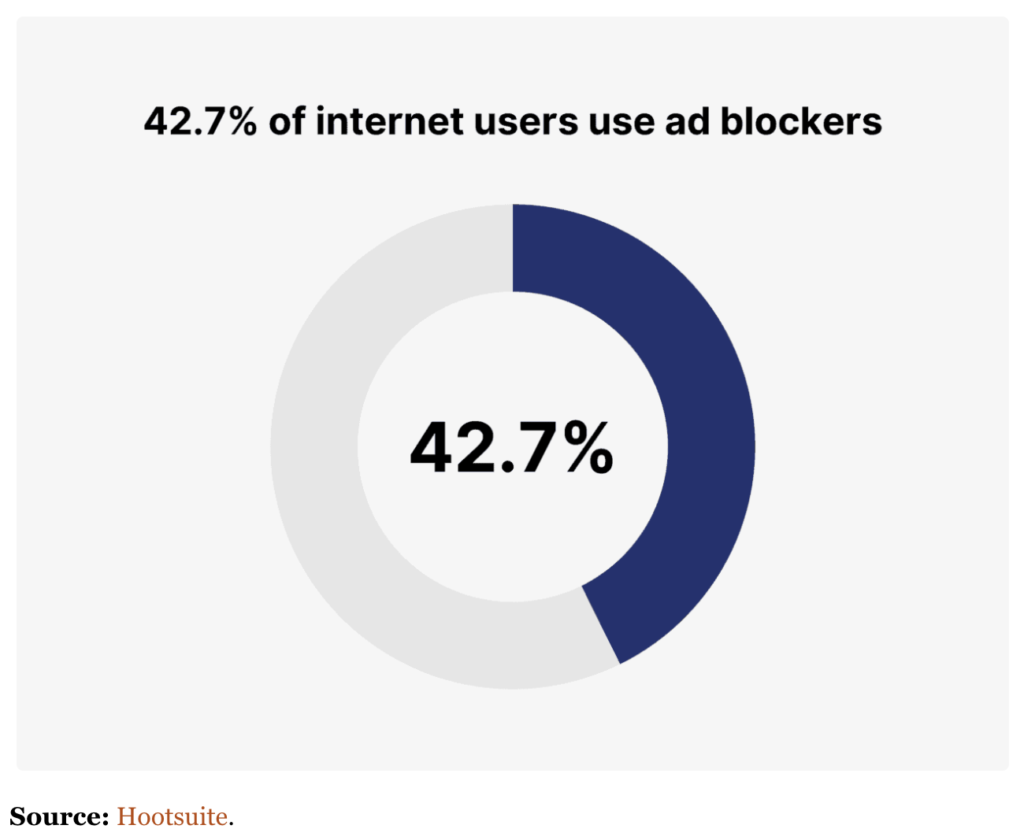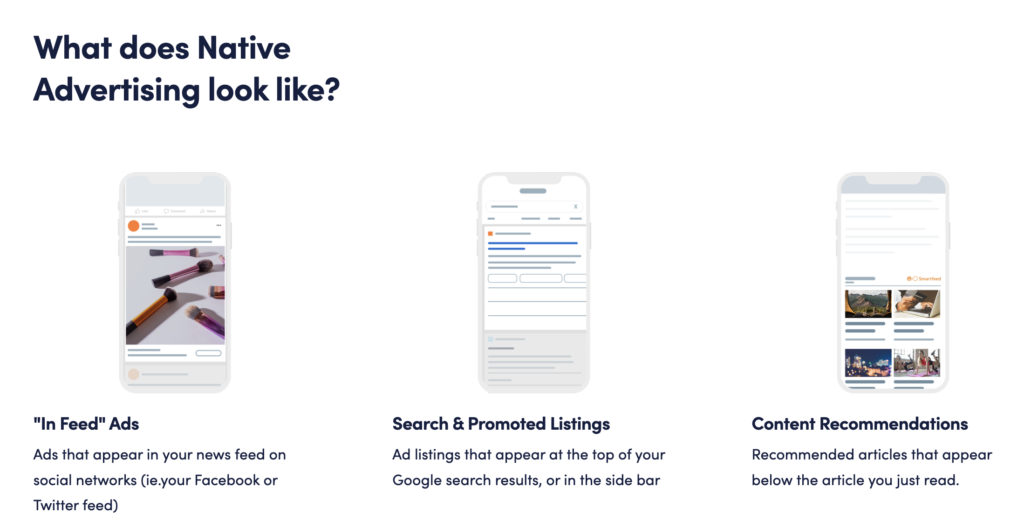Social media is an effective way to connect with and engage your online audience. However, when it comes to an impactful content marketing strategy, social media isn’t enough.
Today’s consumers spend nearly 3 hours a day on social media. It’s a great way to reach a highly targeted audience with custom messages, and users can share information easily for an even broader reach. But social media posts are just one aspect of a successful content marketing strategy. To reach more people in the healthcare supply chain, medical sales, and hospital purchasing, you should create an omnichannel media mix that will attract attention, drive traffic to your site, and generate revenue.
Keep reading to learn about content marketing and why social media isn’t enough to feed your media mix.
Quick Takeaways
- Content marketing is the creation and distribution of information that provides tailored solutions and answers to users’ unique needs.
- Social media should be one element of an omnichannel content marketing strategy.
- There are five main reasons why social media isn’t enough for a successful content marketing strategy, from limited visibility to hindered conversions.
What Exactly Is Content Marketing?
Content marketing is the creation and distribution of useful information that answers users’ specific questions and addresses their unique needs. Forms of content marketing include:
- Email campaigns
- Blog articles
- Social media posts
- Videos
- Newsletters
- Print materials (like direct mail and brochures)
Today’s consumers are more discerning than ever before. With the help of the internet, they’re able to conduct their own research and find the brands and products they feel will best meet their needs. For this reason, content marketing is extremely important. Content that resonates with readers delivers numerous benefits. It helps to:
- Raise brand awareness
- Set you apart from the competition
- Deliver valuable resources to your readers
- Establish your business as a thought leader
- Provide expert information
- Drive traffic to your site
- Solidify brand loyalty and repeat business
Content marketing is an impactful way to establish and foster relationships on a deeper level. People will think of your business for their solutions and will be more likely to recommend you to their network of contacts. This helps build a successful media mix that drives business, increases sales, and continues to grow your company.
The following video explains the ins and outs of content marketing and the best approach for optimal results:
5 Reasons Why Social Media Isn’t Enough
Although social media is an effective channel to incorporate into your content marketing plan, it cannot singlehandedly sustain your efforts. Here are five reasons why social media isn’t enough.
1. It Doesn’t Reach Your Entire Audience
It’s true that 82% of the U.S. population actively uses social media. However, by using social posts as your sole means of content distribution, you could exclude a significant portion of your prospective customers. Social media use differs between demographic groups. If you’re targeting people between 18 to 29 or 65 and older, you’re not reaching them through this medium. That’s why it’s important to include social media as an omnichannel approach.
For maximum results, it’s best to reach people where they’re spending their time. This means sending email campaigns, publishing blog articles, and posting on social platforms to ensure a wider reach. The more channels you use, the more people you’ll connect with and deliver content that resonates.
2. It Limits Visibility
Social media platforms use algorithms that affect who sees your posts in their timelines. Organic posts that don’t boost through paid ads offer no guarantee that your audience will see them. As a result, tracking reach and overall impact of this aspect of your content marketing campaign can be difficult. Email campaigns and display ads not only increase visibility but also provide trackable data that can help improve the effectiveness of your efforts. While social media can limit your visibility, including it as part of a media mix is a good way to engage your audience while increasing brand awareness.
3. You Don’t Own Your Content
Any time you share content on social media, the platform obtains ownership of the material and can redistribute it for its benefit. If your entire content marketing plan revolves around social media, then you don’t own any of your material. Expert blog posts are an effective way to create original content your company owns. You control who sees it and how it’s used. You also reap the financial benefits.
Losing ownership of social media content isn’t detrimental as long as you have other material in your content marketing arsenal (like blog articles and whitepapers) that belongs to you and is under your control.
4. Online Experiences Begin with Search Engines
Studies show that 93% of all online experiences begin with a search engine. When healthcare suppliers or group purchasing networks are looking for products and services, they don’t immediately head to social media platforms. They enter their question into a search engine, which directs them to websites that provide answers and solutions. If you’re only focusing on social media posts as your content distribution method, you’re unlikely to appear on search engine result listings. That means you’re losing business to companies who appear on the listings.
To stand apart from the competition, you need to create a well-rounded content marketing campaign that includes multiple sources for content. This enables search engines to identify you as a helpful resource for their users and rank your company among their recommendations.
5. Doesn’t Drive Traffic Straight to Your Website
To get people to make a purchase, you need to drive traffic directly to your website. While social media posts can help build brand awareness and increase audience engagement, they don’t necessarily help conversions. To reach your site, social media users must click on one more link, adding another step to becoming a customer. While social media posts can be a tool to help guide people to your website, they don’t directly boost conversion rates.
Develop an Effective Content Marketing Strategy
Share Moving Media is a media and content company that provides communication and educational resources to healthcare businesses. Whether in group contracting or hospital distribution, our experts can help you create a content marketing strategy that gains market share and positions you as a leader in the healthcare industry.
Contact us today to learn how we can help you create an effective content marketing strategy!



